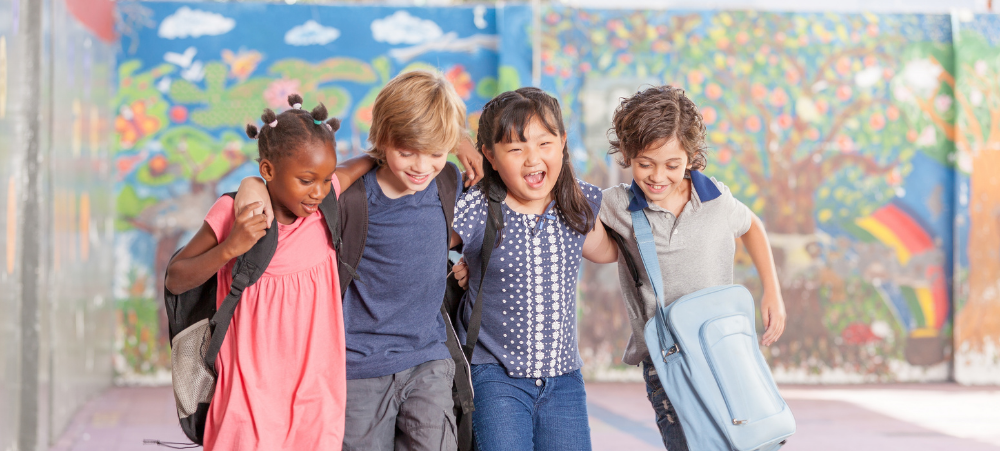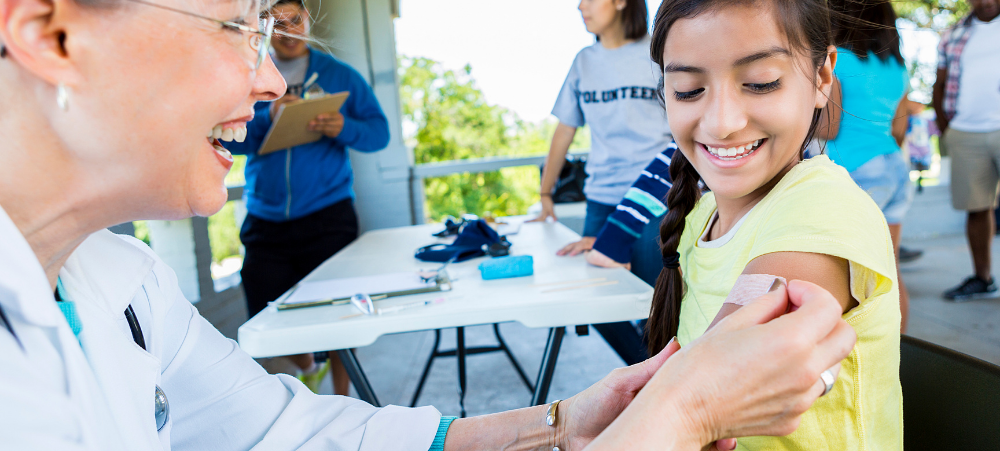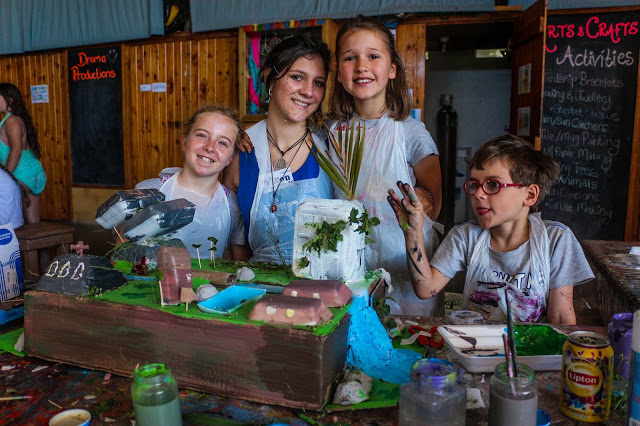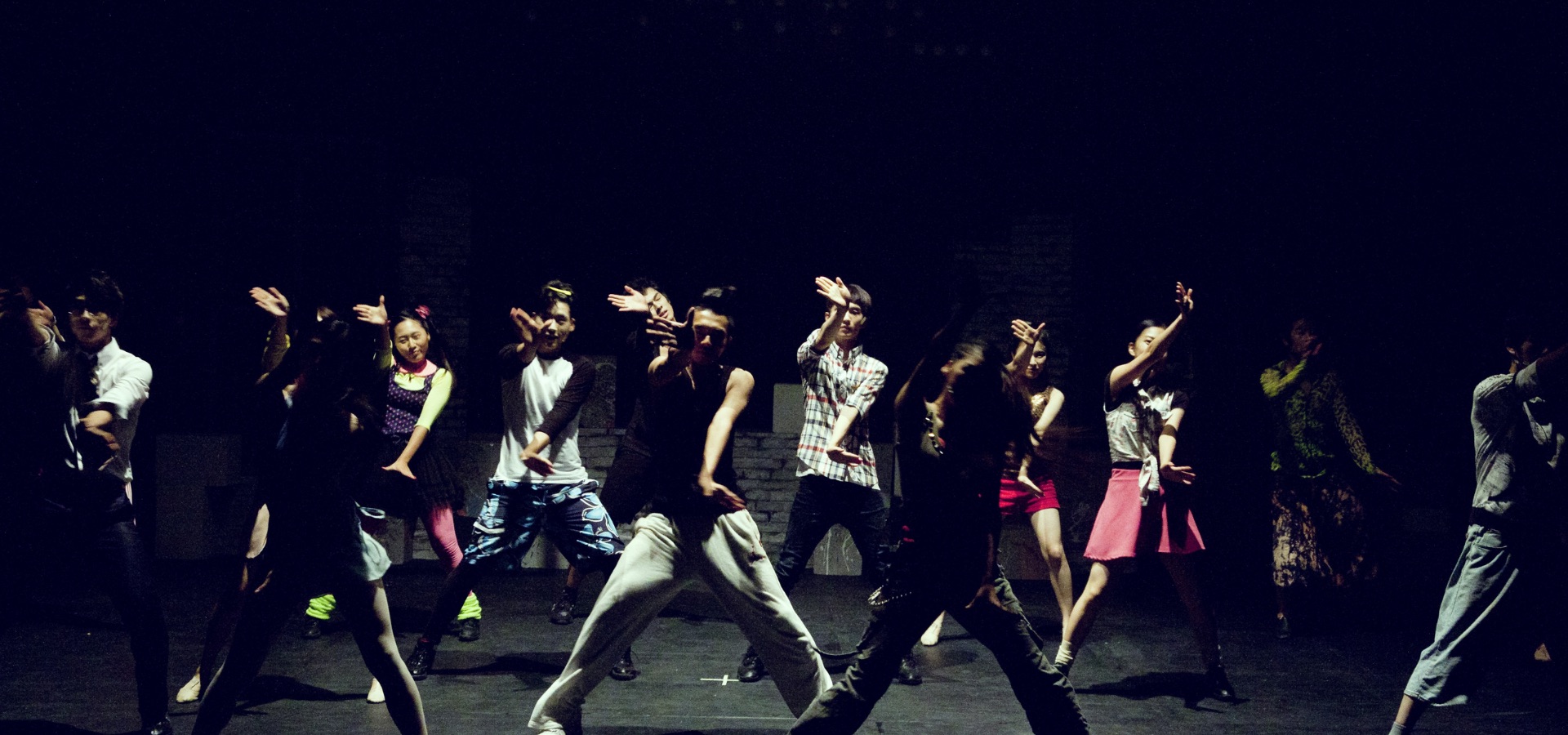
A well-balanced child : Raising children who treat others with respect
Kindness is no easy task. In an attempt to facilitate their social and emotional development, we, as adults must stop thinking of the discomfort these discussions cause and become proactive in educating the youth. Peer socialization and valuing each other’s space. Children begin to form their gender identity around the age of three. Friendships between boys and girls are imperative in their social development. Girls inherently are more compliant and accepting during interactions, whereas boys are more active and physical. These relationships are valuable as they teach respect between the two genders and help form healthy attitudes towards each other. Children will encounter many challenging situations during their years at school. Teach your child phrases to use during unfavorable situations at school. Such as “I don’t like what you’re doing. Please stop. ” Perpetuating stereotypes and ideals of inequality Adults often unintentionally teach children gender stereotypes. Even teachers, at some point in their careers have told their class to “ask mum to pack your picnic lunch” or “get dad to fix your bike”. Stereotypes even appear at birthday rings when girls get pink cupcakes and boys get blue. Have a look through your son’s or daughter’s toy collection. Do their cars and dolls outweigh their gender-neutral toys? Teaching our little boys to “toughen up” and hide their feelings is no longer the approach to masculinity. Speak to them about what it means to be respectful and why it’s wrong to view others in preconceived ways. Be mindful of what you say. Our words leave lasting impressions on children. Model good behavior Children learn through mimicking the behavior of the adults around them. When we convey manners and use good coping skills, so to do our children. Avoid emotional reactions, explain your decisions and admit your mistakes. Our actions leave indelible marks on children, make sure the ones you chose to leave are positive ones. Foster Empathy Talk openly and honestly about feelings and how to identify them. Teach children that there are emotions other than “happy”, “sad” and “angry”. Children need to feel comfortable discussing things that bother them and to know that they can express themselves in a non-judgmental and safe environment. Reiterate that there is value in showing vulnerability and in communicating with those around them. Empathy is not a fixed trait and takes time to develop so ask questions and allow your child to open up to you from a young age. Stand up for friends As impressionable as our little kids are, they do have an understanding between right and wrong. Teaching them to discern between situations which constitute an emergency and situations which they can influence is a great starting point. We need to teach them how to be brave and defend their peers. During their early years, they can be taught to remove their friend from a situation and play elsewhere. Identify inappropriate behaviour and teach children problem solving skills and solutions to counter this behaviour. Help us to raise kind, compassionate, respectful and capable little human beings. They need our guidance and we need them to be confident, strong and proud. By Areeva Mahabir, Grade 00 Teacher at Crawford Village


































